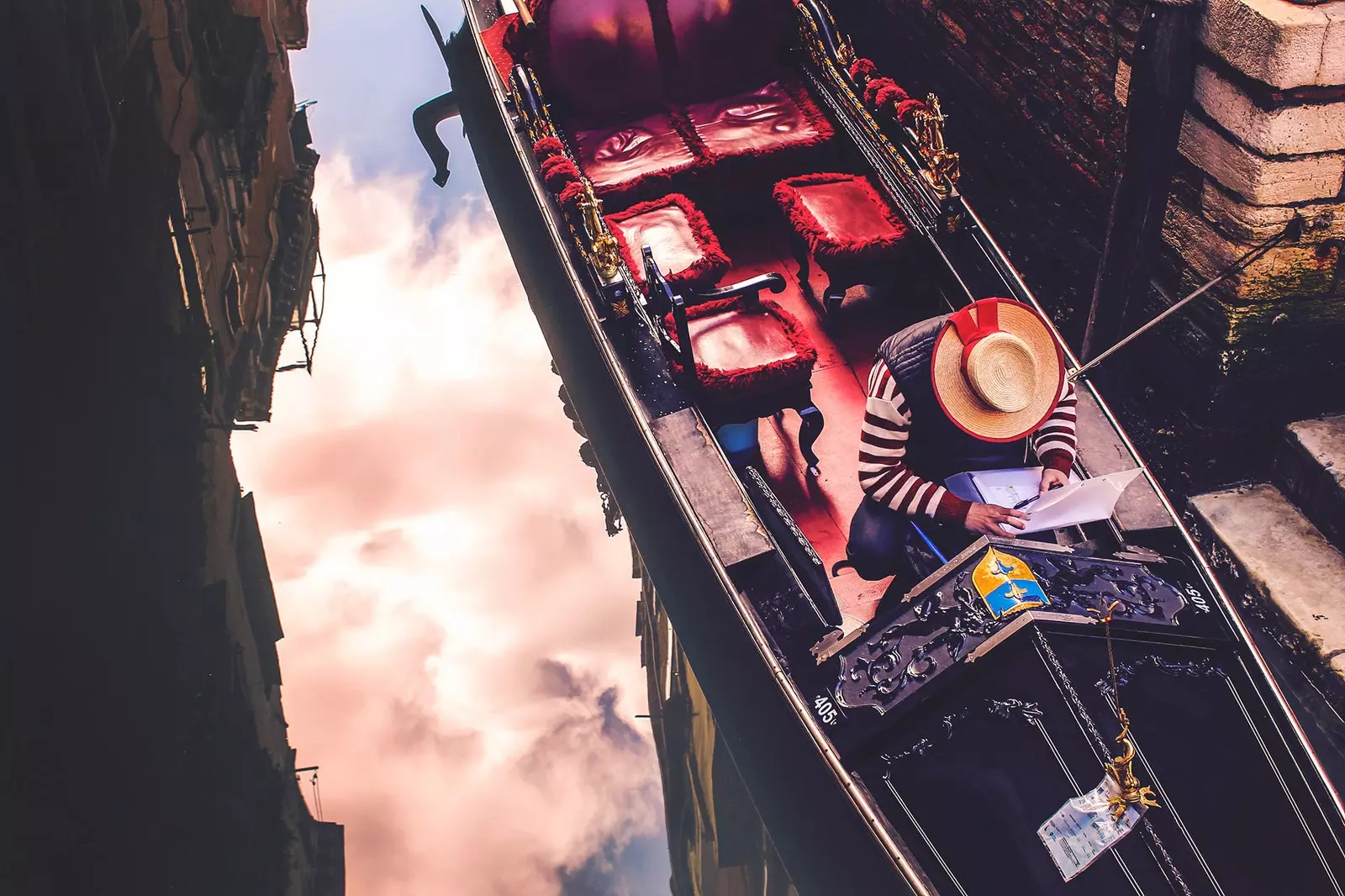
Given the threat that Venice is suffering, it is a good time to remember its heritage...
Just a few weeks ago ** the acqua alta subsided in Venice ** and, as usual, the media attention has slackened to the rhythm of the tide. It is not surprising. Natural catastrophes retain the impact of the immediate : buildings are flooded, solidarity goes to a bank account and emergency teams transport gothic carvings like victims swept away by a tsunami.
But remission of acqua alta does not eliminate the threat . Its frequency has grown throughout the 20th century hand in hand of global warming . The MOSE system, whose gates are intended to reduce the impact of the flood, remains inoperative.
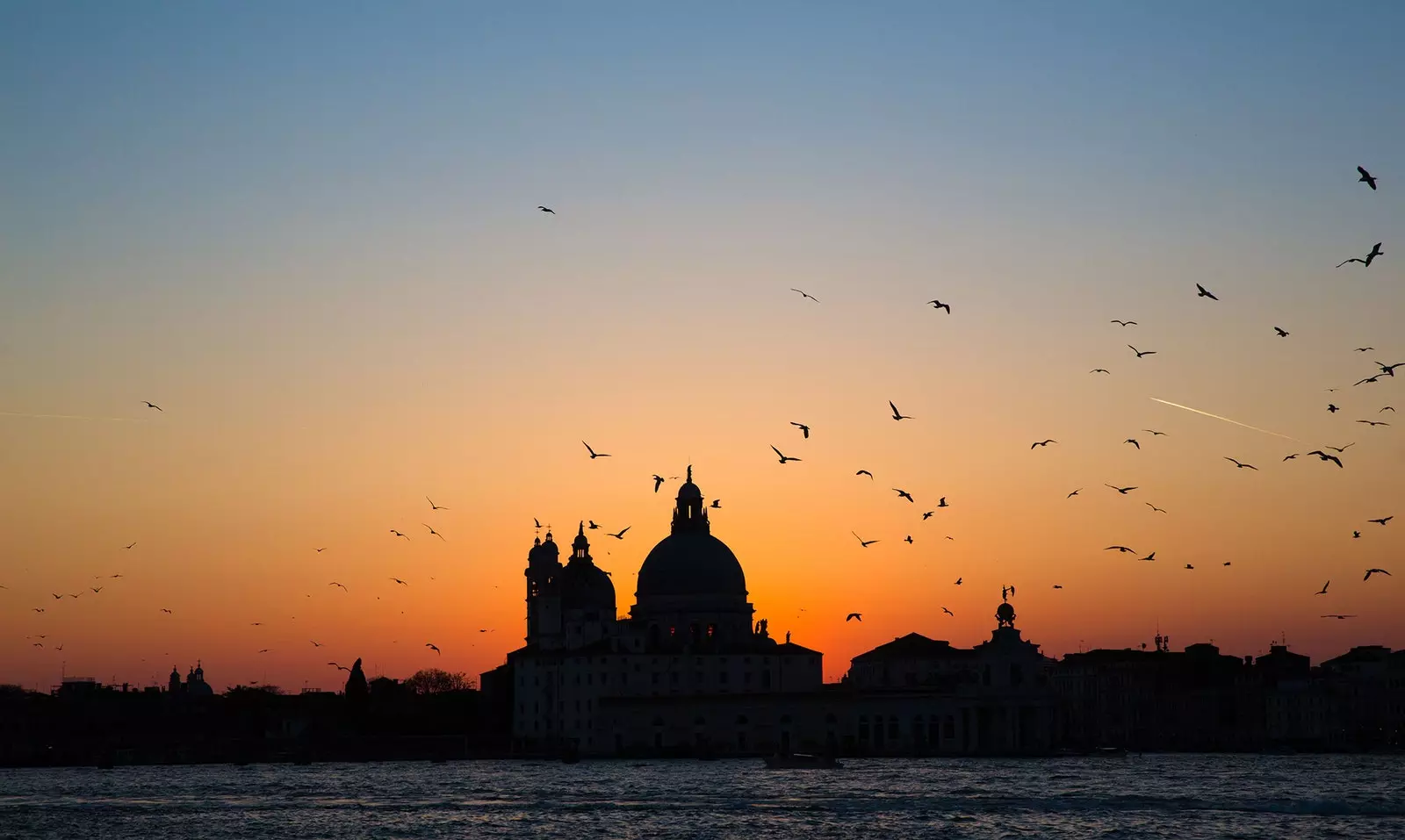
Beyond the clichés, Venice keeps an enviable legacy.
In the networks, hilarity has displaced the drama in tourist memes who save their Louis Vuitton bags from the tide, or who fall into a canal trying to take a selfie. There are no lives at stake. The loss of heritage is only tragic when it is consumed . The collapse has not yet offered the spectacle that Notre-Dame in flames provided.
** Venice is fragile, and its fragility is symbolic because the city occupies a central place in European culture**. Apart from the humor of the memes, the threat is real And it affects us. Therefore, it is necessary to remember what Venice is, beyond the theme park or the city devoured by cruise ships; take a step back, take a step back and catch the eye of other travelers.
THE ZEAL OF THE CARNIVAL
The pilgrims, crusaders and artists who came to Venice spoke of magnificence and splendor . Also of sensuality and prostitution. Its citizens enjoyed greater freedom than in other parts of Europe and, therefore, were considered more licentious.
When the routes became oceanic, the wealth dwindled . Other cities would have looked for alternative channels, or would have invested the fortune accumulated over centuries in profitable assets.
Venice opted for waste. In the eighteenth century the Carnival extended its duration to six months and gaming casinos multiplied. ** Giacomo Casanova, born in the city, embodied his libertine spirit **.
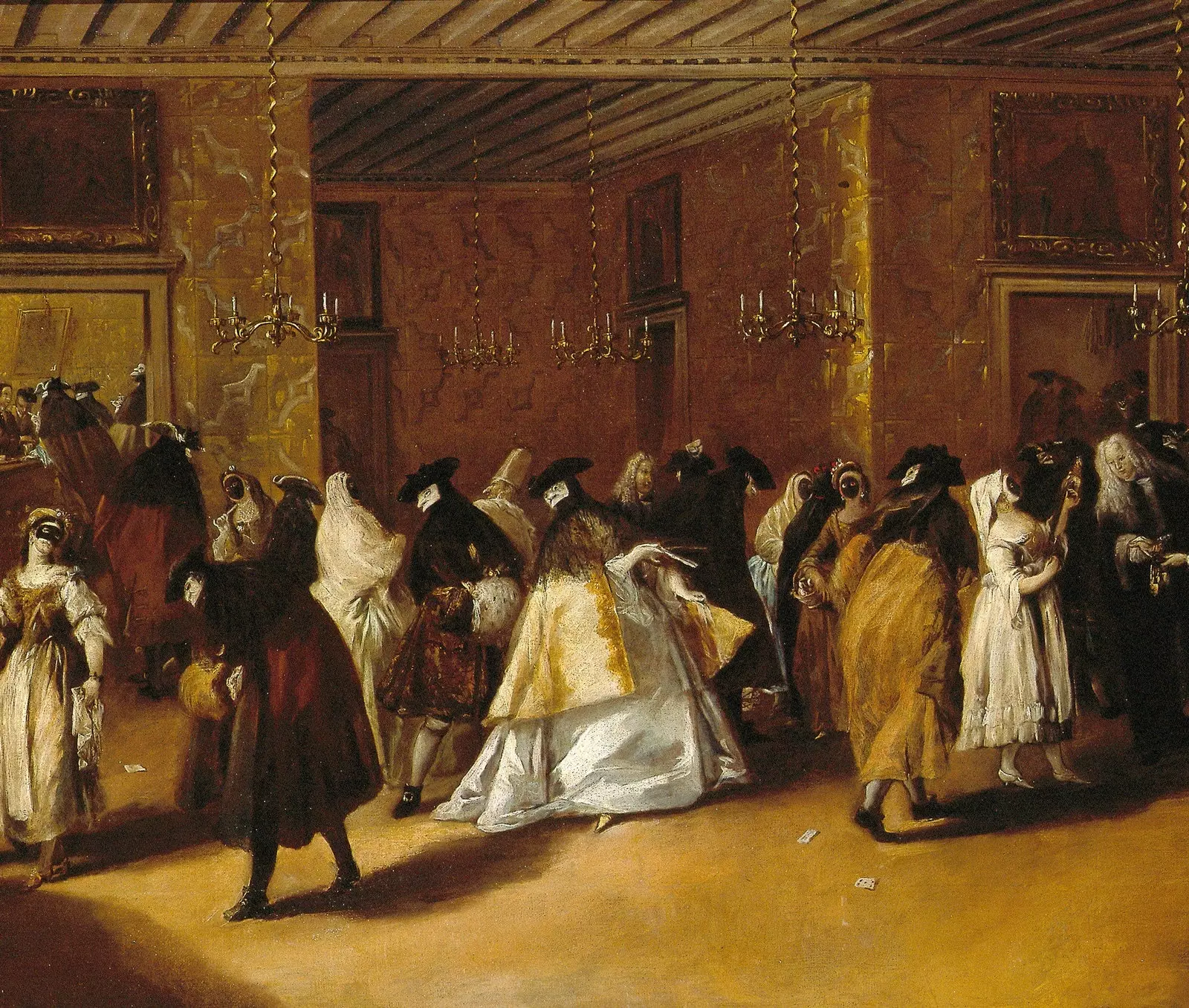
The Carnival of Il Ridotto, by Francesco Guardi.
When Lord Byron arrived in Venice in 1816 he plunged into what he called “the orgy of the world” . Carnival was masquerade, inversion and collapse of hierarchy and gender, breaking of conventions, domain of the ephemeral, metamorphosis.
He baptized the city as the sea Sodom . His sexual activity became voracious. “I think there have been at least two hundred, in one way or another, perhaps more, since I haven't kept track afterwards,” he says in one of his letters.
THE GONDOLA: CRADLE AND COFFIN
Beyond the fury, Byron was able to recognize the beauty that decadence had given the city.
“From the bosom of the waves I saw rise / the buildings of the famous city / as moved by the blow / of the magic wand / of an enchanter”.
The poet contemplated Venice as an evanescent mirage, devoid of substance . The city emerges from the waters, laden with opulence, and sinks into the silt of its flooded canals. The palaces crumble and the gondoliers no longer sing.
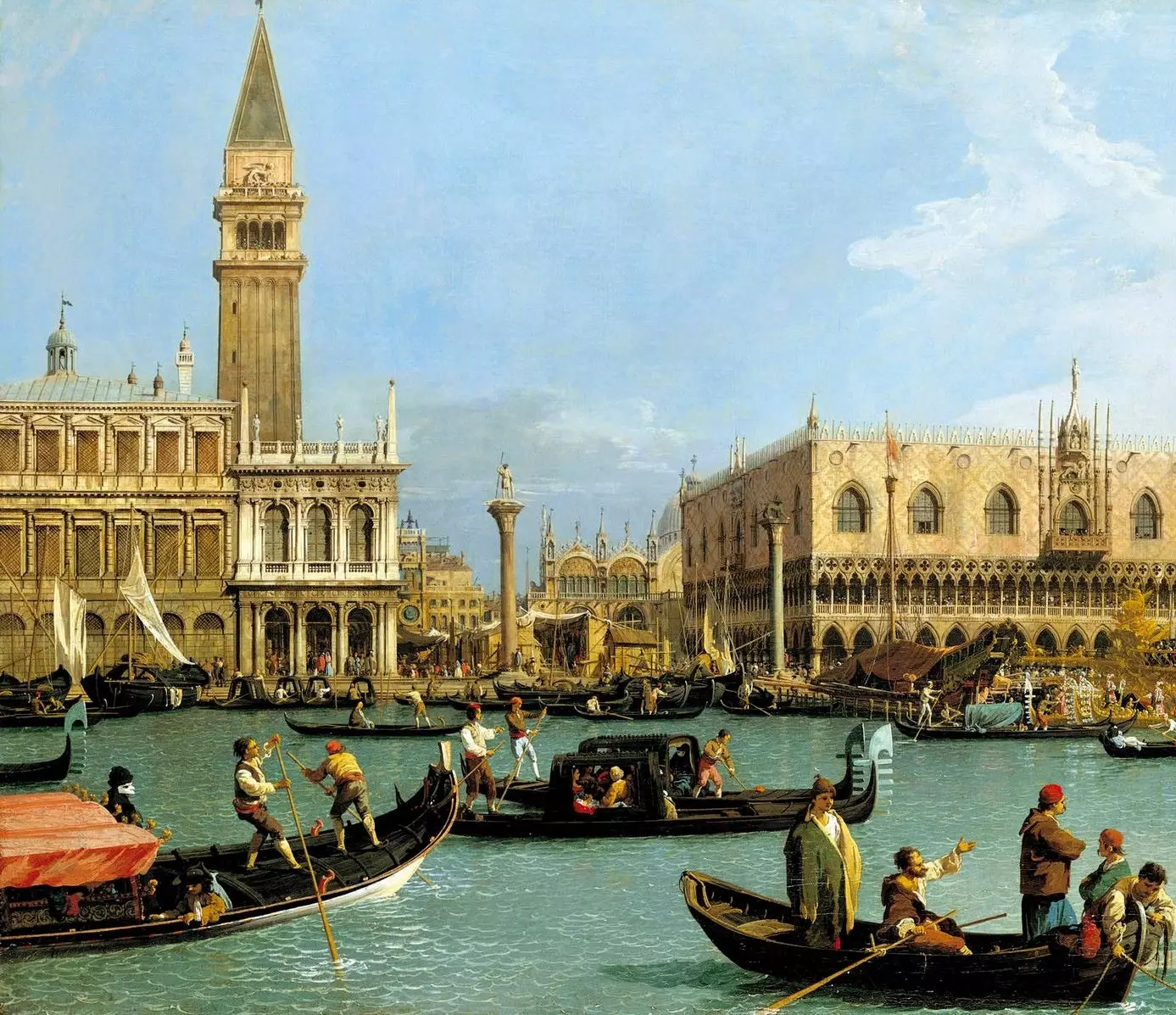
"From the bosom of the waves I saw the buildings of the famous city rise..."
The gondola is Venice . Byron stated that it would be better to live and travel in life as in a gondola, which slides through the water, sheltered by the cabin that protected the traveler from the humidity of winter.
Goethe compared the boat to a cradle carrying a coffin. Byron noted that, despite its funerary appearance, gondolas often contained fun . Once closed the curtains were anonymous capsules. In his opinion, in them you could be dry and wet at the same time: a properly Venetian duality.
THE SPLENDOR IS GOTHIC
Perhaps it is Ruskin who has most influenced our idea of the city . His book The Stones of Venice, published in 1851, was the essential reference for the travelers who came after him.
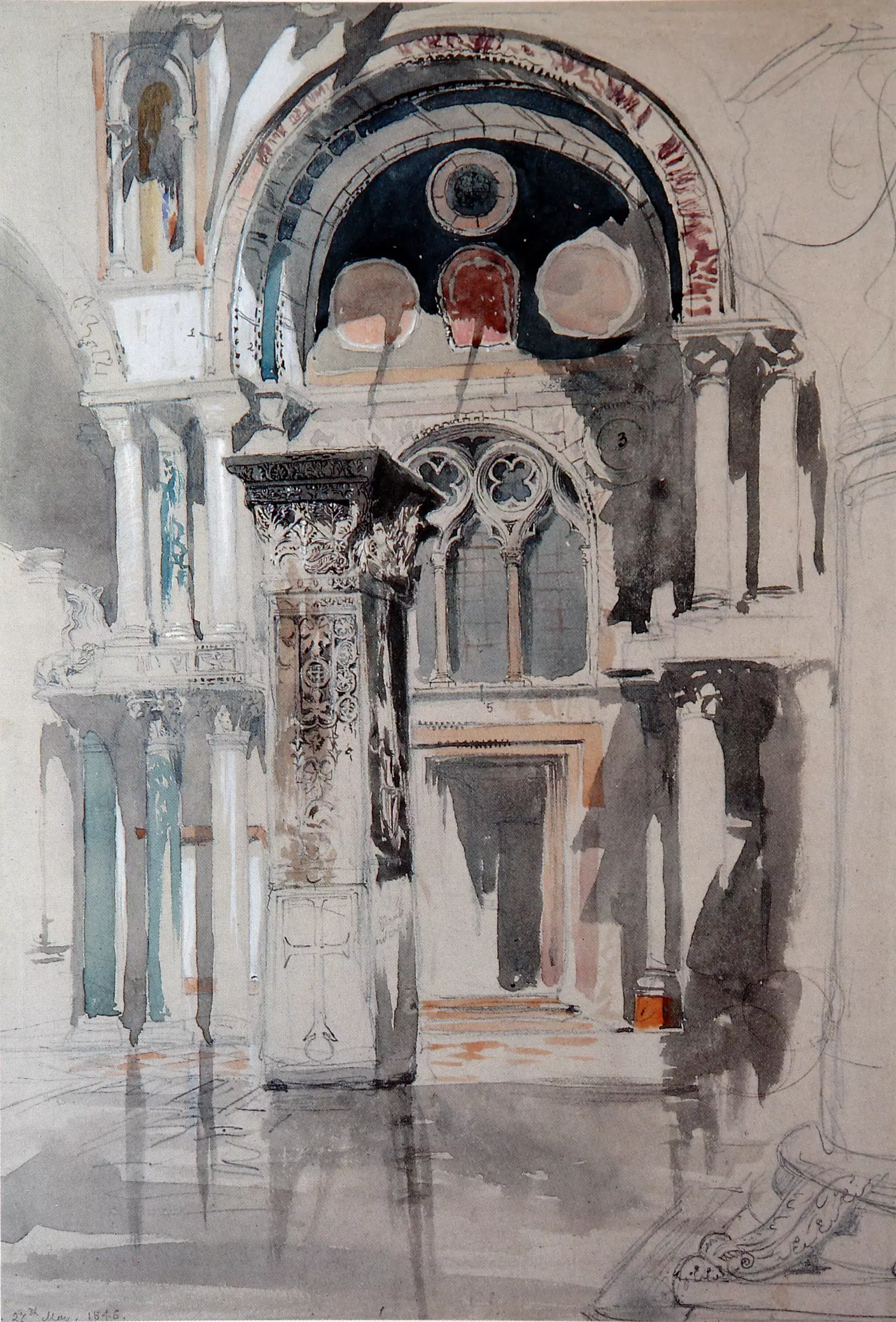
Venice through the art of Ruskin.
He considered that history could be read in its architecture . As a good Victorian moralist, he gave each style of the city a quality and he stayed with goth . He did not find the Byzantine, except in San Marcos, and despised the Renaissance and the Baroque. The splendor of Venice ended for him at the beginning of the fifteenth century.
THE FAIR ATTRACTION
The railway reached Mestre in 1845 and publications like The Murray Guide divided the city into fragments that the tourist could digest separately.
Henry James, author of Portrait of a Lady, he protested at the herd of onlookers invading Venice when he visited in 1869.
“The barbarians had taken full control and he feared what they might do. From the moment you arrive, you are reminded that Venice hardly exists as such, but rather as a fairground attraction. ”
On the other hand, James was the first to open his eyes to the reality of its inhabitants. They enjoyed the privilege of living in the most beautiful of cities, but their houses were falling apart.
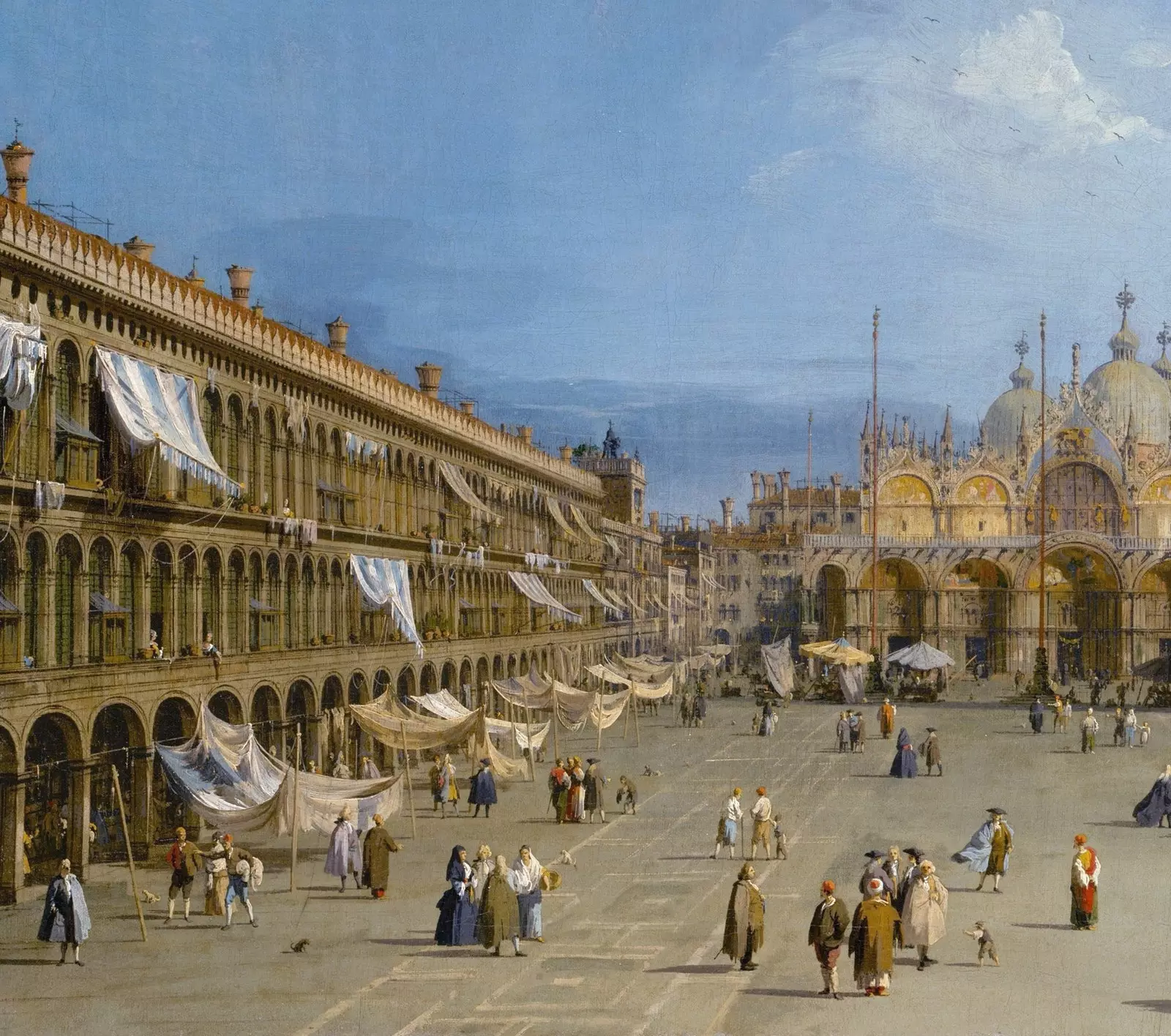
"From the moment you arrive, you are reminded that Venice hardly exists as such, but rather as a fairground attraction"
THE PLACE OF BEAUTY
Marcel Proust arrived in Venice in 1906 accompanied by his mother. She was translating fragments of Ruskin's works for him, since he was not fluent in English.
Through this author Proust recognized what he called absolute beauty ; something infinitely more important than life. He claimed that it was the tomb of happiness, as the contemplation of it was unbearable; caused the disease.
“ It was not known where the land ended and the water began ; nor if he was in a palace or had already crossed over to a ship.”
This quotation from In the Shadow of the Blooming Girls reflects the memory of her bewilderment and astonishment. In Venice, works of art were responsible for transmitting to its inhabitants the usual and everyday.
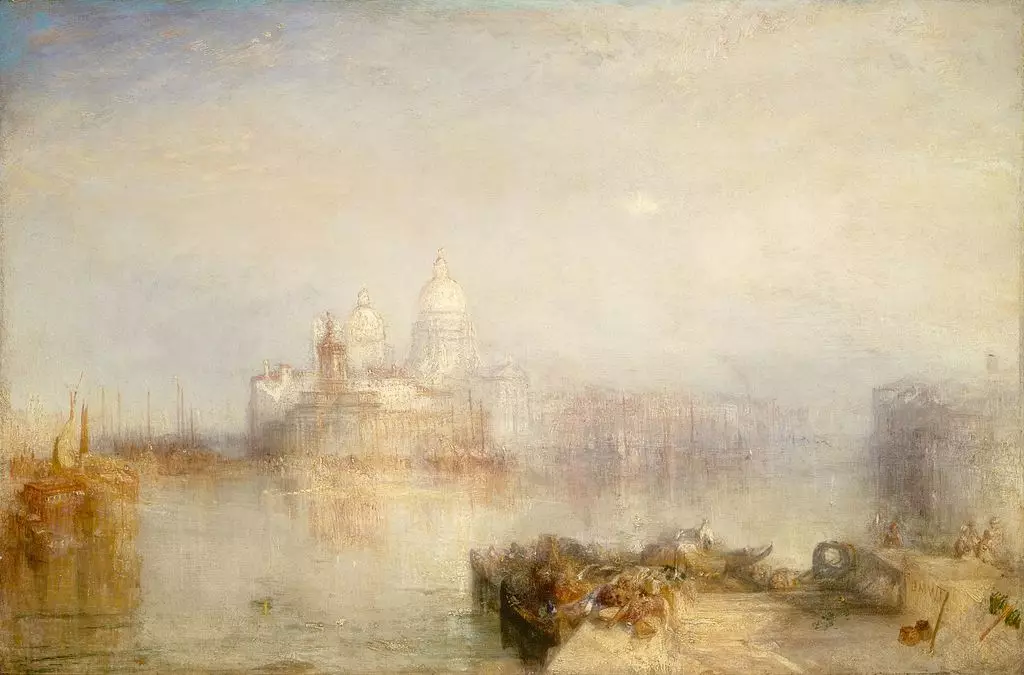
The beauty of Venice is unmatched.
THE BODY MARSH
Among all your visitors, Thomas Mann was the one who knew how to reflect with greater precision the power of the city to decompose the visitor.
The dream and the darkness of Venice confuse reality and reflection ; the limits imposed by morality are diluted. Aschenbach, protagonist of Death in Venice, experiences the dissolution of his rigid principles under the gaze of the young Tadzio, while the city suffers from a cholera epidemic.
Disease, decadence, old age and voluptuousness merge to transform the ideals of the old writer in an irrepressible erotic impulse.
“ That was Venice, the beautiful equivocal and flattering, the city half fable and half trap for strangers, whose corrupt atmosphere inspired more than one composer to lewdly lulling melodies.”
Splendor, enchantment, freedom, spectacle, beauty, decadence: visions that sink under the voracity of tourism anticipated by Henry James and the passivity of the powers in the face of the consequences **of climate change**. Books like Venice Desired, by Tony Tanner, published by The Raft of the Medusa, help us to recover the memory of a threatened reality.
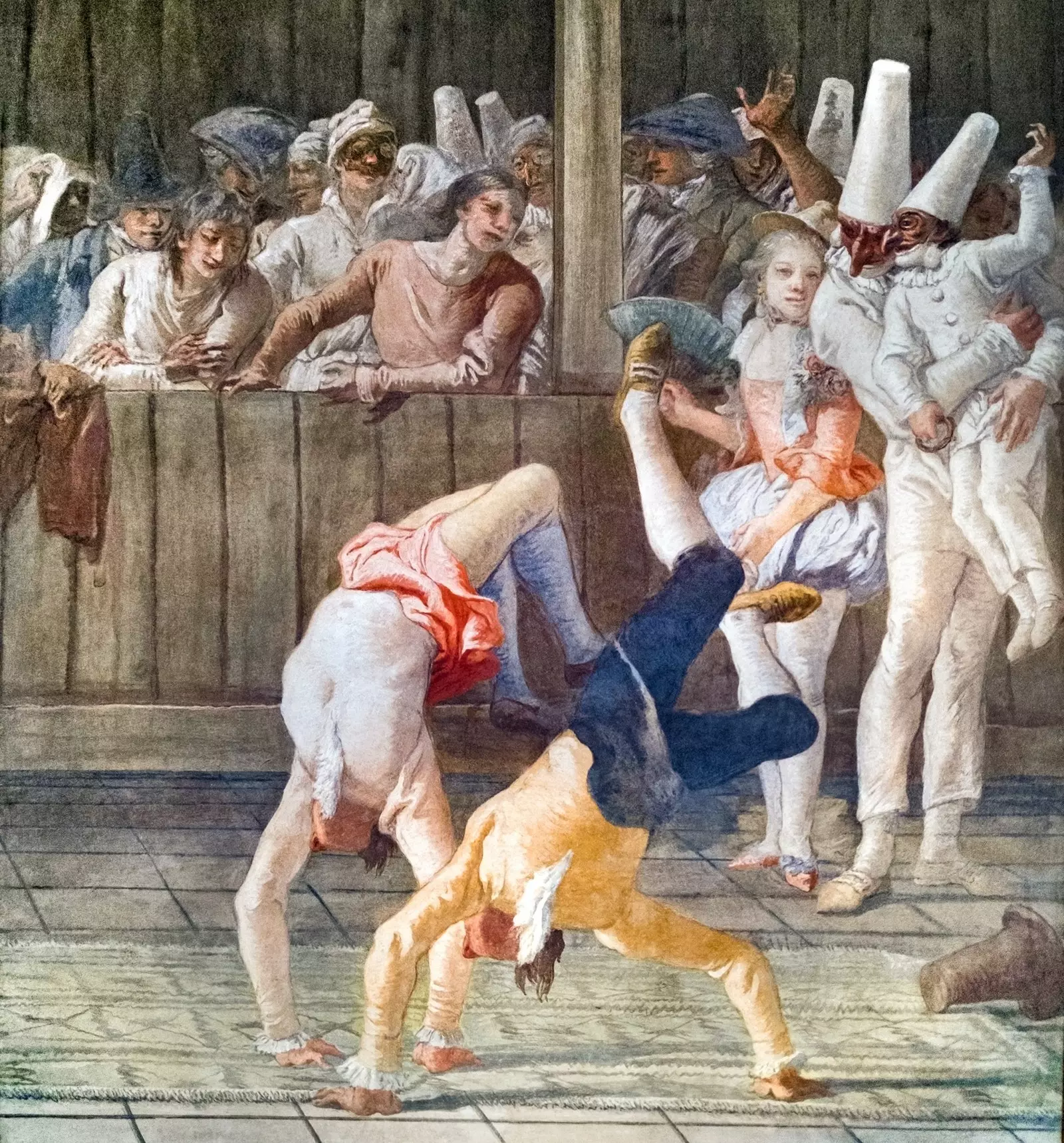
Macro-tourism devastates the city of Venice, putting it in danger. Now more than ever, why don't we start traveling with our heads?
